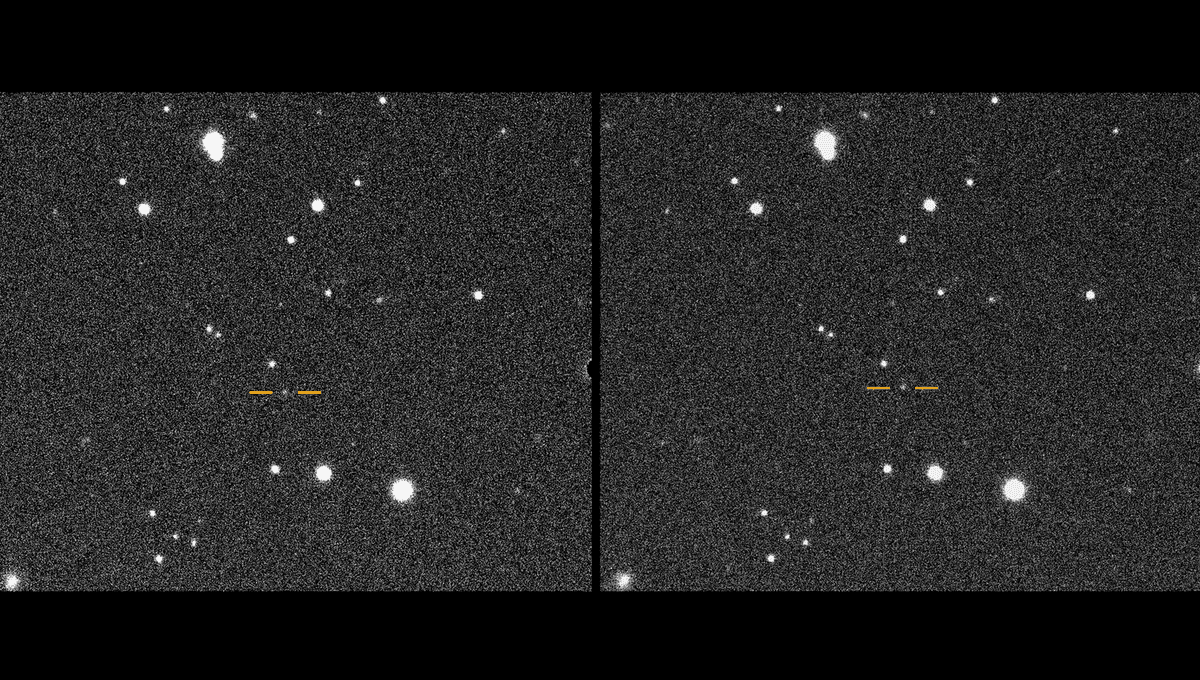We have mapped and discovered a large portion of the most dangerous asteroids in the Solar System, but there is a glaring omission, with glaring being the operative word. Asteroids that orbit the Sun much closer than the Earth can be lost in the glare of our star. It's painstaking work to find them, but now astronomers report the discovery of the second space rock within Venus’ orbit and the second-fastest known asteroid in the Solar System.
The rest of this article is behind a paywall. Please sign in or subscribe to access the full content. The object is known as 2025 SC79, and it is 700 meters (2,297 feet) across. It goes around the Sun every 128 days, and it even crosses the orbit of Mercury. First observed on September 27, this object is only slightly slower and smaller than 2021 PH27, which holds the record for speediest rock by going around the Sun in 113 days. "Many of the Solar System’s asteroids inhabit one of two belts of space rocks, but perturbations can send objects careening into closer orbits where they can be more challenging to spot,” discoverer and Carnegie Science astronomer Scott S. Sheppard said in a statement. “Understanding how they arrived at these locations can help us protect our planet and also help us learn more about Solar System history.” The object and its predecessor are considered twilight asteroids. The name comes from the fact that they can only be observed at twilight, once the Sun has set, just like we observe Venus and Mercury. These two objects are large as Near-Earth asteroids go, suggesting that there are likely many others out there, hopefully not quite as big and hopefully nothing that crosses Earth’s path. “The most dangerous asteroids are the most difficult to detect,” Sheppard explained. “Most asteroid research finds these objects in the dark of night, where they are easiest to spot. But asteroids that lurk near the Sun can only be observed during twilight – when the Sun is just about to rise or set. If these ‘twilight’ asteroids approach Earth, they could pose serious impact hazards.” Astronomers won’t be able to track this asteroid for a while, as it will be behind the Sun from our point of view. In a few months, they will conduct follow-up observations to try and understand the composition of this world and how it can survive so close to the Sun.






